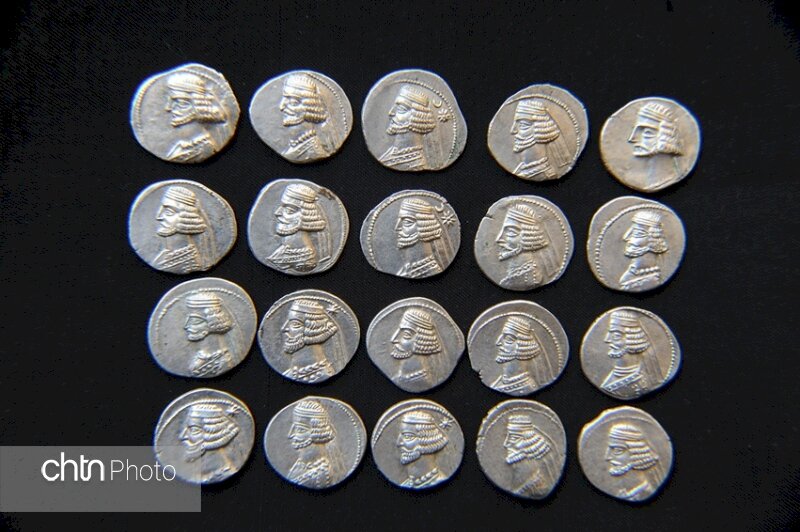Batch of Sassanid coins restored in southeastern Iran

TEHRAN – A batch of Sassanid coins were restored at a cultural heritage laboratory in Iran’s southwestern Chaharmahal-Bakhtiari province over the past Iranian calendar year (ended March 20), the deputy provincial official said on Tuesday.
“A total of 314 coins, which date back to the Sassanid era (224 CE–651), have been restored and cleaned over the past year,” Kourosh Babaein, the provincial tourism chief, announced on Tuesday.
In about 220 CE the Sasanian dynasty of Iran introduced the concept of thin flan coins, issues that were struck in relief on both sides. In order not to produce intolerable stresses in the dies, since the thinner the material the more force necessary to make it flow into the recesses of the die’s design, the depth of relief on such coins was of necessity much shallower than with earlier currency. Such techniques spread by way of Byzantium to northern Europe, where the emperor Charlemagne struck thin flan deniers (small silver coins), or pennies, which became characteristic of both his own and neighboring kingdoms.
In many ways, Iran under the Sassanian rule witnessed tremendous achievements of Persian civilization. Experts say that the art and architecture of the nation experienced a general renaissance during Sassanid rule. In that era, crafts such as metalwork and gem-engraving grew highly sophisticated, as scholarship was encouraged by the state; many works from both the East and West were translated into Pahlavi, the official language of the Sassanians.
AFM/

Leave a Comment